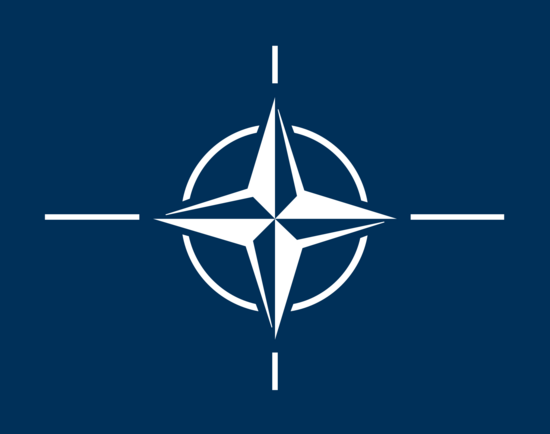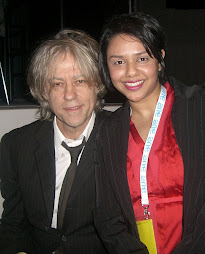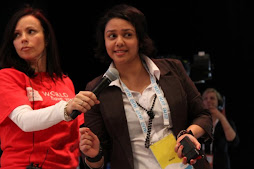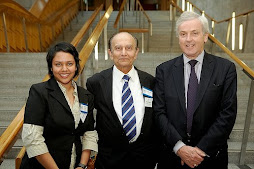
Visiting the headquarters of the North Atlantic Treaty Organisation (NATO) in Brussels was the highlight for many DAL students, although I walked in hesitantly. We were welcomed by the Deputy Head, Michael Rühle, who gave us an overview of NATO’s work and operations.
In general, NATO is a military organisation that has a membership of 28 sovereign states from Europe and North America. The organisation was set up to protect Europe’s “democratic half” and deter threats, but change in policy is expected in light of changing circumstances. There was fear that NATO would be deemed useless after the Cold War but the need for border security was required to protect countries from hostile invasion. It wasn’t until the Balkan War when NATO had to use force for the first time, and it must be stressed that NATO does not have its own army. As told by our host, NATO serves as a crisis manager, building a political and military network that tries not to burden the economy. Yet since the 9/11 crisis in 2001, NATO’s services have been heightened by its members, moving NATO from securing borders to “managing challenges of a global nature”.
 First Secretary, Leo Tomlin shared information on UK Operations and Intelligence in NATO, which gave students a great insight to how intelligence is used in the military. While addressing NATO’s efforts in carrying out UN mandates, diplomats try to deliver UK policies to what NATO should be doing and how the military should interact with the civilian world – this applies to all member states. Maintaining an effective alliance is a political debate and issues are tackled with early consensus. The aim is not to make war an instrument to resolve issues, but it is apparent that coordinating military and civilian organisations is a great challenge. The gender issue was brought up, and were foretold that gender mainstreaming is part of NATO’s training and operation yet this is not completely transparent from my point of view.
First Secretary, Leo Tomlin shared information on UK Operations and Intelligence in NATO, which gave students a great insight to how intelligence is used in the military. While addressing NATO’s efforts in carrying out UN mandates, diplomats try to deliver UK policies to what NATO should be doing and how the military should interact with the civilian world – this applies to all member states. Maintaining an effective alliance is a political debate and issues are tackled with early consensus. The aim is not to make war an instrument to resolve issues, but it is apparent that coordinating military and civilian organisations is a great challenge. The gender issue was brought up, and were foretold that gender mainstreaming is part of NATO’s training and operation yet this is not completely transparent from my point of view.Colonel Andrew Budd from the UK briefed us on NATO’s military strategies. In 2001, NATO declared Article 5 of the UN Charter to be embedded in their strategy - an armed attack against one or more of them in Europe or North America shall be considered an attack against them all, which has shaped NATO’s operations since. Before the collapse of the Warsaw Pact, war was an act of survival. The strategy to deter the enemy was to match capabilities. Today, the military acts as “peace enforcers”, just as the UN peacekeepers engage in hostile environments for humanitarian assistance.
Inevitably, the subject of Afghanistan surfaced, with Colonel Budd explaining that NATO expanded ISAF (International Security Assistance Force) around the Afghanistan mission. Troops were spread thin when first entering the terrain which caused problems in aiding any humanitarian efforts. The UN wants to lead and dictate a plan on the political side with NATO leading from a military angle. We were told that police force in Afghanistan will increase in the next 2-5 years as part of a civilian reconstruction effort, which makes me wonder what they are doing now. The Colonel had shown support in wanting money spent to train local police than to NATO, which is a small relief, nonetheless, with NGOs in the area reluctant to work with NATO, their work in Afghanistan seems far from over.



















1 comment:
Hi, Talyn!
in security strategies in Afghanistan, I think NATO has the possiblities and responsibilities to stabilize way of lives there by providing food, clothes, remaking their basic infrastructures such as water flowing system, NOT BY FORCES AND MILITARY STUFFS.
But, this idea is not for NATO because it is not based on NATO policy. I mean NATO might have to be like WFP and UNICEF. :)
Post a Comment